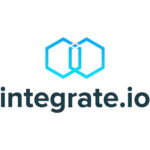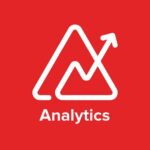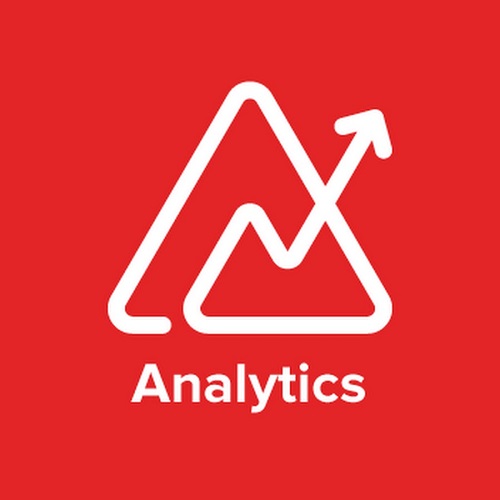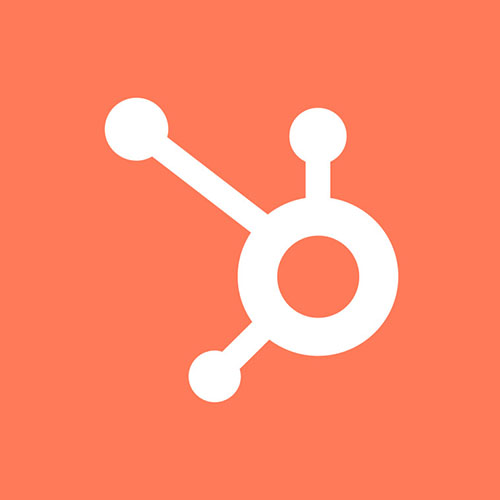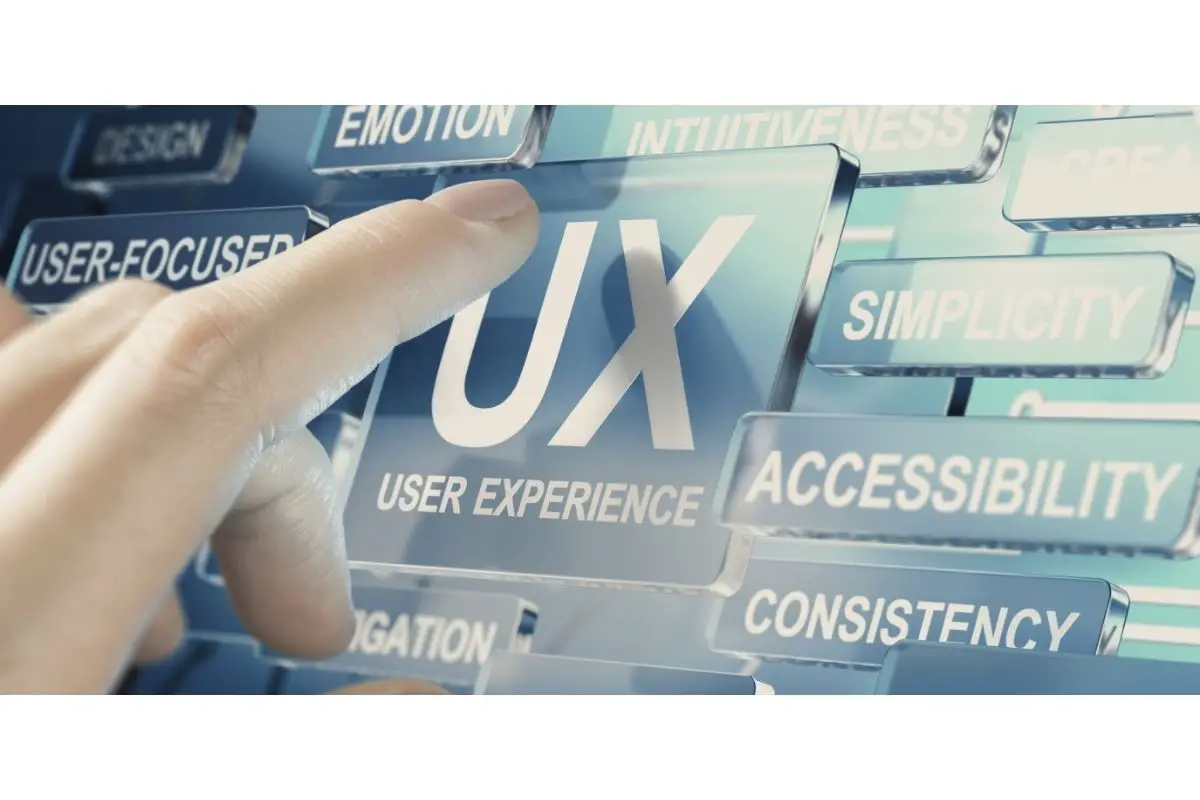How much data does your organization collect? What kind of insights can you get from it?
Are you able to visualize the data in a way that makes sense to everyone?
The amount of data being collected by organizations across industries has increased exponentially over the last decade.
This information is analyzed and stored in databases, spreadsheets, or even paper files.
This can become quite cumbersome and intellectually intensive.
Data visualization tools allow you to explore, analyze, and share large amounts of data in ways that are easier to understand.
They also enable you to create an interactive visualization that is meaningful and useful.
Data visualization tools have become an essential for data scientists.
They allow them to easily explore large datasets and create visualizations and interactive charts to communicate their findings to help make non-technical users or non-data scientists understand what the data set is representing.
Furthermore creating opportunities for actionable and business insights on the data to be gained.
What Are They?
There are several types of data visualization tools out there. Some are free, some are paid, and some are web-based.
The best ones are those that let you interactively explore data through the use of bar graphs, interactive dashboards, responsive charts, heat maps, interactive data visualizations and other graphical representations.
Data visualization tools make it easy to quickly visualize large amounts of data.
A designer can easily plot out hundreds of thousands of data points without spending hours doing so.
This allows them to focus more time on other tasks, such as creating new features or improving existing ones.
Data visualization tools make it easy to create visual representations of data sets that contain hundreds of thousands or millions of data points.
Automating the process of creating these visualizations via artificial intelligence makes the job of designing them much easier.
Visualizations created using these tools can be used for a variety of purposes: dashboards, yearly reports, sales and marketing material, investor slideshows, and almost anywhere else information needs to be interpreted.
The best data visualization tools on today's market have a few things similar. First, is their ease-of-use.
There are some incredibly complex applications available for visualizing data, but most have excellent documentation and tutorials, and are designed in ways which seem intuitive to the user.
Secondly, the best tools can handle huge sets of data as well. In fact, the best can even handle multiple datasets in a single visualization.
Data visualization tools have many different kinds of charts, maps, and graphs.
Many of them can output both images and interactive types of visualizations. Some of these tools are free and others are paid.
A few high-quality tools are available for free. However, some of the more popular data visualization tools are more costly.
Some of the best data visualization tools include Tableau, Microsoft Power BI, and Google Charts.
All of these tools offer a wide range of chart types, including bar charts, line charts, pie charts, scatter plots, and more.
Below are some of the best data visualization tools on the market.
The Best Data Visualization Tools
OUR TOP PICK
Integrate.io is an online, cloud-based data integration platform that helps prepare data for your data visualization tools.
It can integrate data across multiple data sources and SaaS applications
Integrate.io ‘s native connectors will make configuring pulling or pushing data from popular data sources on the cloud, private cloud, and on-premise infrastructure easier than ever before.
It has connectors for various database management systems, applications, and data warehouses.
Integrate.io provides an API Designer tool that makes it easy to integrate your data into your application.
It provides a point and click interface for performing basic data replication, data preparation, and data transformation tasks.
Integrate.io can schedule jobs, monitor their progress, and provide status and sample data outputs so that they're guaranteed to be correct and valid.
For their licensed software, Integrate.io has various pricing plans which are quotable to you as the user and offer a free trial which starts off with an introductory call.
They offer great customer support to their users as well.
Pros
- Easy to integrate data from various data stores and applications.
- Provides advanced APIs which make running, even the most complex data transformation tasks, simple.
- Customer support.
Cons
- Their quoting is done on an annual based billing plan, not monthly. Therefore, there may be a large upfront cost.
EDITORS CHOICE
Whatagraph is a software that is aimed at marketing agencies or teams to make reporting marketing campaign data and other data relating to marketing easy.
This is done by the use of visual graphics and a range of visualizations to make the data easy to understand and allow for sound business decisions.
Some of the features offered by Whatagraph include integration with digital marketing platforms like Google Analytics, Mailchimp, and Facebook ads.
As well as the option to create custom dashboards made up of hundreds of premade widgets or customizable widgets to present data in the best way possible using a variety of beautiful charts.
What is great about this software is that you can easily compare different marketing platforms and each of their performances in one snapshot report.
These reports are automatically created and can be delivered to members of the team or clients through automation, meaning that there is minimal time spent constructing emails with the reports to clients.
Sales rates, financial or user engagement reports are some other examples of reports that can be made through Whatagraph.
There is also the option to create and customize white-label reports, whereby you can add images and logos.
Overall, this licensed data visualization software for marketing efforts, has a user-friendly interface and is suitable for people that do not know how to code.
In comparison to other software that does the same job, it is comparatively quite expensive depending on the features that you are wanting to use
Pros
- Easy to use.
- Highly customizable and automated in terms of the data that is reported on
- Customer support.
Cons
- Expensive.
- Limited integration options available in comparison to other software on the market.
- A bit slow on pulling data.
BEST VALUE
Zoho Analytics is a powerful data visualization tool that you could use to create insightful reports and dashboards within minutes.
It can be used to visually analyze any data set.
It provides an AI-powered personal assistant that helps users ask questions and get intelligent responses in the form of meaningful insights.
The best part about these insights is that they are available at extremely reasonable price points.
It boasts an intuitive user interface which allows any user of Zoho Analytics, no matter their skill level, to easily navigate the platform.
This software has over a hundred connectors for popular business apps, databases, and cloud drives and offers up a variety of beautiful visualization options in the form of Charts, widgets, pivot tables, summary views and customizable dashboard templates.
Zoho Analytics has unified business analytics as well as augmented AI-powered analytics and ML-powered intelligent assistants which can analyze data which have the capability to understand, and breakdown queries asked in natural language.
It offers white label solutions for embedded analytics and smart notifications which will alert you when there are any anomalies in the data-this is useful for data forecasting.
Pros
- Reasonable price point.
- User-centered interface making it easy to use.
- Report generation is automated.
Cons
- Can take a while to get used to with all its features
RUNNER UP
Juicebox is an easy-to-use software for anyone, even non-technical users or those with a basic understanding of how data visualization software works, to create engaging and interactive data visualizations or visual elements to use in presentations to report on data.
The interactive applications that you can use keep user experience at the forefront, which means that all data that is presented looks professional and the software comes with a variety of predefined styles and layouts or templates that appear to be custom-built.
When data is presented, the aim is to tell a story with data which focuses on presenting the data in such a way that the people receiving the report feel like they are going through a traditional story instead of a BI platform.
These key features make this one of the most popular data visualization software out there.
Other key features include a step-by-step guide to editing, the software connects to several data sources which can be done by a database connection or via a more manual upload, the interface also has a responsive layout which makes viewing Juicebox on a range of devices possible.
Pros
- Easy to use
- Tell a story with the data
- Professional design
Cons
- There are no AI or automated features included in this, so reporting will be done manually.
- There is no capacity for developers to make code-level changes.
RUNNER UP
As another marketing data reporting software, Adverity assists marketers and brands to identify issues presented by the data and to reduce the manual data collection and reporting by creating compelling graphics and data-driven campaigns that will have high ROI once they have rolled out.
Adverity offers the options to connect and integrate data automatically from over 600 data sources, which can be harmonized and collected in the form of multiple templates.
The data is processed quickly and cross-channel performance is easily analyzed with their ROI advisor.
The reporting and dashboards available in the interface are easily customizable and tailored to your needs.
With the built-in predictive analytics, you will be enabled to make customer and data-driven decisions on how your brand is marketed.
They offer exceptional training and support for users of their software, and the software is easily scalable to suit your growing business.
Pros
- Huge amount of integration options
- AI or augmented analytics to predict analytics in order to optimize marketing campaigns.
Cons
- Not really suited for non-technical users or beginners
- Expensive setup costs
RUNNER UP
HubSpot offers sales reporting that will give your team full visibility into your sales processes.
With HubSpot CRM, you get a set of essential sales reports. It provides the reporting functionality that is built around the dashboard.
This dashboard will be made up of reports of which the data ranges are fully customizable.
Sales Hub Professional and reporting add-on will give you an accurate picture of sales performance.
It allows you to create customized, data-driven reports with its integrated report builder.
Some of the reports that are essential to get an accurate picture of sales are the Deal Forecast, Sales Performance, Deals Closed vs Goal reports as well as productivity and recent activity reports which can be customized and resized accordingly.
There is capacity to have up to 10 reports on the dashboard at all times, with real-time data.
It is a very easy to use platform despite the complexity of the marketing automation.
There are many resources for HubSpot users to use to up-skill themselves, and offers a free 7-day trial for this licensed software.
The downsides to HubSpot as it does not offer something unique that is not freely available elsewhere, and their support has to be paid for to receive.
Pros
- User-friendly tool.
- High availability of resources, equipping users with the tools to interpret the various reports available.
Cons
- Nothing unique offered.
- Steep pricing to any add-ons offered on their plans.
RUNNER UP
This business intelligence tool has been aiding businesses and brands to visualize and better understand their data for many years, especially in the Business intelligence field.
It has the capability to design interactive graphs and charts which shape the dashboards and worksheets to gain insights on the business and its overall vision for the future.
It offers numerous data collectors and visualization capabilities, and with its user-friendly design, it is relatively easy to get to grips with.
It has strong computational capabilities and performance overall, and also boasts a responsive layout which can be viewed across different devices.
However, some of the unique tools and more advanced features and visualizations offered on the platform are quite complex which may require some extensive training.
Another downside to it is that it is quite costly for licensed software.
Pros
- Outstanding performance and collection of data connectors
- User-friendly design allowing for quick insights.
- Mobile friendly.
Cons
- Expensive.
- To access the full offerings, extensive training is needed.
RUNNER UP
By allowing you to create visual dashboards and reports citing any type of data in your organization, Sisense allows you to discover trends, patterns and make data-backed decisions to move your business forward.
This licensed software performs well when analyzing massive datasets and integrates efficiently with a variety of data sources.
With its intuitive interface, it allows for flexible customization and has a solid third-party application natural language query capability.
However, the amount of visualizations that you are able to create are limited, and it is quite complex as a self-service business intelligence tool.
The pricing is done on a case-by-case basis, but a free trial is available.
Pros
- Intuitive interface and design.
- Can manage large datasets from a variety of sources.
Cons
- Limited visualization types available
- Quite complex.
RUNNER UP
Microsoft Power BI is a cloud-based, affordable visualization and data analytics tool which has the capability to connect to a wide variety of data sources and in particular is very easily integrated with the MS tools such as Excel which can be a data source-meaning data transformation is easily conducted from Excel into Power BI.
The tool has a great single view dashboard, which is fully customizable, easy to design and detailed.
The tool offers a lot of chart options and other visualizations to report data accurately and effectively.
There are many resources and documentation available which makes learning how to use the tool easy.
It is available as both mobile and web-based applications and because it is a Microsoft product, there is a large community and a large amount of upgrades on the tool which means that there is a lot of free support and improvements with the product on a continuous basis.
Pros
- Big community of support.
- Many resources and references available.
- Large number of visualization types.
Cons
- Can be a bit slow with larger datasets
- Although it boasts about being cloud-based, the cloud-based version lacks some of the features on the desktop version.
- If you need more than 1 GB data storage, you will have to pay for the paid plan.
RUNNER UP
As the only open-source tool on the list that is also free, Google Charts is an impressive and really easy to use and interactive data visualization tool which is accessible both on mobile and web browsers.
It is simple to learn, highly interactive and can integrate with any additional plugins and supports many different database sources.
The array of charts offered by Google Charts are phenomenal and user-friendly to create and to interpret.
Pros
- Free
- Highly interactive and integrates well with other software.
Cons
- Require internet connection to use it.
- Lacks sophisticated statistical processing.
Best Data Visualization Tools Buying Guide
There are certain features that are needed in data visualization tools which need to be considered before committing to a particular software. Some of these are detailed below.

Embeddability
Business insights are driven by big data.
Those insights then require to be embedded into operational business processes to properly guide users on to what has happened, why, what will happen, and the steps they can to alter that outcome.
Visualizations can be more valuable to business users if they're embedded within the interfaces or tools that they use every day.
Actionability
The data visualizations obtained through processing data must include support for actionable features such as trend lines, one-click metrics and guidance on advanced analytic workflows.
Performance
The data must be processed quickly and effectively to improve uptake across an organization and to keep up with real-time changes in data.
Optimized infrastructure
The infrastructure needs to support big data and ad-hoc analytics projects without management by the business.
Interactivity
By having features encouraging interactive visualizations, users can quickly see or visualize data and validate any hypotheses quickly and allows the analysts to get insights from a large amount of data in an immediate fashion, allowing for quick iterations on campaigns and projects.
Collaboration
As with most tools these days, collaboration is an asset to have to be able to discuss data findings quickly and in real-time.
Artificial Intelligence
Data visualization tools with AI make processing, analyzing and making predictions on the data easier than ever.
Metadata Management
This allows for improvements on the usability of data and the accuracy of the analysis.
Frequently Asked Questions
What Is The Difference Between Open-Source Tools And Licensed Tools?
Open-source software is not developed in a controlled environment and is shared with the public.
Whereas licensed software is not available to the public and is usually paid for.

